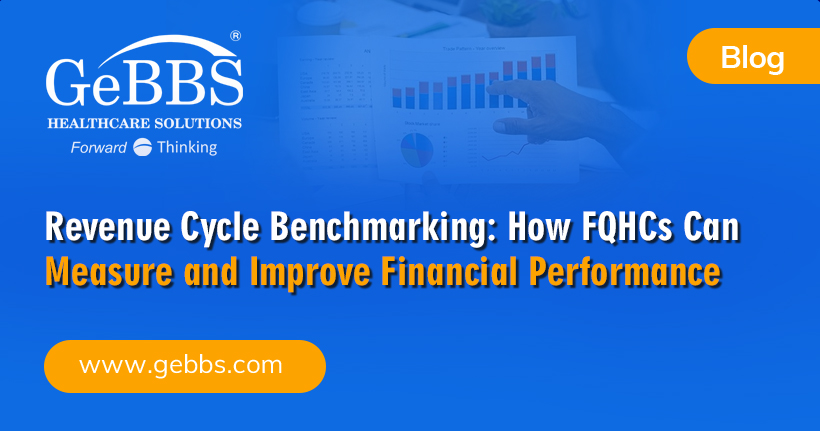The Centers for Medicare and Medicaid Services (CMS) recently announced plans to ramp up its risk adjustment data validation (RADV) audit program in 2020 based on a recent study by the Office of Inspector General (OIG), which found potential issues related to Medicare Advantage Organizations (MAOs) using chart reviews to inappropriately increase risk adjusted payments. It’s no wonder, considering in 2019, nearly one third of Medicare beneficiaries were enrolled in an MA plan. In 2017 alone, CMS paid roughly $6.7 billion in risk-adjusted payments. CMS and OIG are concerned that the risk-adjustment model could provide MAOs with a financial incentive to make its beneficiaries appear as sick as possible.
While ‘audit’ is a term that can induce anxiety for just about any organization, ensuring you’re prepared for RADV auditing will help reduce angst among your teams and ensure you have the people, processes and technology in place to demonstrate your compliance with CMS regulations. Finally, it can help your organization avoid costly penalties.
When it comes to RADV, CMS states the goal is ‘to ensure the accuracy and integrity of risk adjustment data submitted for Medicare Advantage (MA) risk adjustment payments.’ In simple terms, they want to be certain that the diagnosis codes submitted for payment are accurate and well-supported by medical record documentation since those diagnosis codes are what determines a beneficiary’s risk adjustment factor (RAF). The audit process measures error rates related to risk adjustment data so CMS can identify and recover any necessary overpayment. After all, like any well-run organization, the government isn’t in the business of overpaying for services that aren’t needed.
For background, CMS provides higher payments to Medicare Advantage Organizations (MAOs) based on hierarchical condition categories (HCCs) and a patient’s related risk adjustment factor (RAF). HCCs help estimate future health care costs for patients, which is why it’s important for providers to capture and report diagnoses at the highest level of specificity – and to document everything needed to substantiate any diagnosis. CMS worries some have taken this too far and is on high alert for MAOs that may be taking advantage of this opportunity for higher reimbursement.
The Audit Process
CMS conducts both targeted and random RADV types, both of which use a stratified sample. Targeted RADV are typically for MA plans that have been red-flagged – whether it’s due to a large increase in risk scores or some other noted anomaly. Random RADV are those randomly selected by CMS for audit. CMS conducts two distinct types of audits for RADV – those at the contract-level and those at the national level. MAOs selected for RADV audit can view or download comprehensive training materials online (courtesy of CMS).
Serious Financial Implications
CMS takes RADV auditing very seriously and any records that “fail” their audit – meaning the HCCs aren’t substantiated – can result in extrapolation and massive penalties for the plan.
1. Assemble Your RADV Dream Team –
Identify the key stakeholders who will work together in the event of an audit. Naming a project manager as well as identifying a physician champion and the best primary operational/compliance leaders who will work together to determine a plan of attack is a great place to start. Talk through who else will need to be engaged in the process and work through your internal process for responding to a CMS RADV audit – before it happens.
2. Conduct a Mock Audits –
Once your team is assembled, conduct a practice audit. To do so, you may need to engage an external consulting resource who has been through the process before and can help you work through what to expect. This process is of critical importance and makes getting an “outside look in” a sound investment. During the mock audit, identify any areas of opportunity in your process – as well as your medical record data.
3. Focus on Accuracy –
Accuracy as it relates to documentation and subsequent HCC coding is critical. Starting with documentation, ensure providers and coding staff alike understand the basic concepts of HCC coding and the risk adjustment model. Whether your HCC coding is handled internally or with an outsourced partner, ensuring claims are submitted with codes that capture all problems related to a chronic disease will help ensure you’re prepared in the event of an audit.
Ensuring your HCC coding is accurate, and your teams are ready to respond before you’re audited is an important strategy to avoid significant financial penalties. GeBBS Healthcare Solutions offers a comprehensive range of payer solutions – including risk adjustment chart review and HCC coding. To learn more, check out our payer solutions here.
Need More Guidance? Here’s Some Helpful RADV Resources
- RADV Program Overview, from CMS.gov
- CMS RADV Checklist
- RADV Reality, from AAPC.com
- RADV White Paper, from CMS.gov






